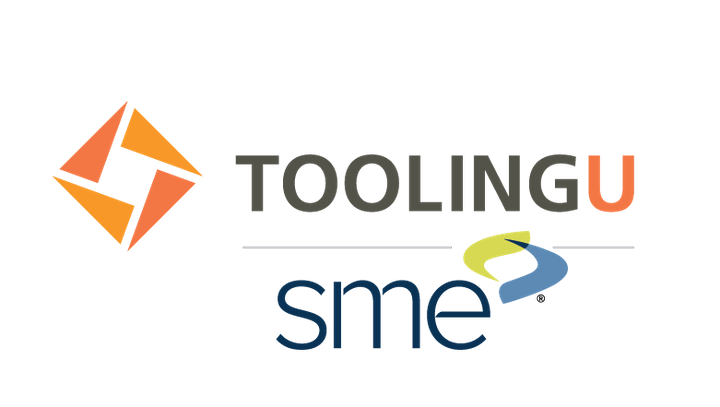"Relays, Contactors, and Motor Starters" provides an overview of the primary components involved in electric motor control where relays are electrical switches that control a circuit. When activated by current, a relay opens and closes a circuit to turn a larger current on or off. Contactors control current by conducting it through metal contacts that make or break electrical circuits. When combined with an overload relay, a contactor becomes a motor starter. Working with relays, contactors, and motor starters requires technicians to understand how to properly care for such devices and how to operate them effectively. After taking this class, users will be able to describe the design and function of common relays, contactors, and motor starters, as well as the applications for each device.
Course Objectives:
- Describe the primary components of motor control
- Distinguish between power relays and control relays
- Describe the operation of a relay
- Describe the advantages and disadvantages of contactors
- Distinguish between manual contactors and magnetic contactors
- Describe contacts
- Describe arcing
- Describe contact bounce
- Describe arc suppression methods
- Describe overload protection at startup
- Describe overload relays
- Describe thermal overload relays
- Describe magnetic overload relays
- Describe motor starters
- Describe across-the-line starters
- Describe the different types of reduced voltage starters
- Distinguish between NEMA and IEC standards and ratings.
Recommended Background
- Recommended for mechanical/electrical/plumbing maintenance technicians.
Course ID
TU300
Skill Focus
Beginner
Instructor(s)
Tooling U - SME
Employee Type
New Applicants, Operations team, 1st level supervisor
Method of Delivery
Online
Estimated Effort
3 hrs
Cost
Contact for Price
Contact ToolingU for Course Program Details.
 Tooling U - SME
Tooling U - SME